Why DIY Disinfection Isn’t Enough Anymore
In recent years, disinfection has become a critical part of daily life, especially with the increasing focus on preventing the spread of infections and viruses. With the rise of the COVID-19 pandemic, people became more aware of the importance of keeping their environments clean and disinfected. This awareness led many to adopt DIY disinfection methods at home and in businesses. While DIY approaches can be useful for maintaining a general level of cleanliness, they are often not sufficient for comprehensive germ prevention. This blog explores why DIY disinfection isn’t enough anymore and why professional disinfection services are crucial in today’s health-conscious environment.
1.1 The Limitations of DIY Disinfection
When it comes to disinfection, not all methods and products are created equal. Many DIY disinfection routines involve using common household cleaners, such as bleach, wipes, or all-purpose sprays. While these products can help clean surfaces and reduce the number of germs, they may not fully eliminate harmful bacteria and viruses, particularly those that linger in hard-to-reach places.
DIY disinfection often lacks the precision and thoroughness that professional disinfection services can provide. Homeowners and businesses might miss areas like HVAC systems, door handles, light switches, or furniture seams, which can harbor harmful pathogens. In addition, improper application of disinfectants or the use of outdated cleaning methods can sometimes lead to ineffective results, leaving harmful germs behind.
| Limitation | Description |
| Incomplete Coverage | DIY disinfection often misses high-touch areas or hard-to-reach surfaces |
| Limited Efficacy | Household cleaners may not eliminate all types of pathogens |
| Incorrect Use of Disinfectants | Overuse or misuse of cleaning products can lead to ineffective results |
1.2 The Evolving Nature of Germs and Viruses
One of the main reasons DIY disinfection isn’t enough anymore is the constant evolution of germs, viruses, and bacteria. Pathogens mutate, and new strains emerge regularly, some of which may be more resistant to traditional disinfectants. For example, viruses like influenza, norovirus, and SARS-CoV-2 have proven to be highly transmissible and persistent on surfaces, often requiring more specialized disinfectants and techniques to effectively eliminate them.
While DIY disinfection products might work well against everyday germs, they are often ineffective against these more resilient pathogens. Professional services, on the other hand, use hospital-grade disinfectants and advanced techniques, such as fogging and UV-C light treatment, to eliminate even the toughest microorganisms.
1.3 The Benefits of Professional Disinfection Services
Professional disinfection services provide a higher level of protection by using industrial-grade disinfectants and employing trained staff who are knowledgeable in the most effective methods. Here are some key advantages of professional disinfection services:
- Thorough Coverage: Professional cleaners ensure all areas, including high-touch surfaces and hidden areas, are disinfected.
- High-Quality Products: They use EPA-approved disinfectants that are more effective at killing harmful viruses and bacteria.
- Expertise: Trained professionals know how to apply disinfectants correctly and safely, ensuring effective and long-lasting results.
| Benefit | Description |
| Comprehensive Coverage | Ensures all areas, including hidden spots, are disinfected |
| Use of Hospital-Grade Products | Employs highly effective disinfectants approved by health authorities |
| Expertise and Experience | Professionals know how to ensure the disinfectant works effectively |
2.1 The Rise of Automated Disinfection Systems
One of the most exciting trends in the disinfection industry is the development of automated disinfection systems. These systems use advanced technology, such as robots and drones, to disinfect large spaces efficiently. Robots equipped with UV-C light are increasingly being used to disinfect hospitals, schools, airports, and other high-traffic areas. These robots are designed to move autonomously, disinfecting large areas without the need for human intervention.
The use of UV-C light is especially promising as it can kill a broad range of pathogens, including bacteria and viruses, without the use of chemicals. In the future, we can expect more widespread adoption of automated disinfection systems to ensure cleaner, safer environments.
| Trend | Description |
| Automated Disinfection | Robots and drones disinfect large areas autonomously |
| UV-C Light Disinfection | A chemical-free method that kills a wide range of pathogens |
2.2 Green and Sustainable Disinfection Solutions
As sustainability continues to gain traction globally, there is an increasing focus on green disinfection solutions. Many traditional disinfectants contain harsh chemicals that can harm the environment and pose risks to human health. In response, companies are developing more eco-friendly options that are both effective and sustainable.
Green disinfection solutions include plant-based disinfectants, enzymatic cleaners, and biodegradable wipes, which offer effective cleaning without harming the planet. As environmental concerns grow, businesses and households will likely prioritize these green solutions, contributing to a cleaner and safer environment.
| Trend | Description |
| Green Disinfection Solutions | Eco-friendly disinfectants that minimize environmental impact |
| Biodegradable Cleaning Products | Products that break down naturally without harming ecosystems |
2.3 Real-Time Monitoring and Analytics
The future of disinfection also involves real-time monitoring and analytics. Technologies like IoT (Internet of Things) are being integrated into disinfection systems to track the effectiveness of cleaning efforts. Sensors can detect cleanliness levels in different areas and send alerts when additional cleaning is needed.
Real-time monitoring enables businesses and healthcare facilities to track when and where disinfection occurred, ensuring that areas are properly sanitized. This trend will continue to grow as data-driven solutions play a bigger role in ensuring cleanliness and hygiene.
| Trend | Description |
| IoT Integration | Sensors track cleanliness levels and trigger alerts |
| Real-Time Analytics | Enables monitoring of disinfection effectiveness |
1.4 Conclusion
While DIY disinfection methods can help with routine cleaning, they are no longer enough to ensure a high level of hygiene in homes or businesses. Professional disinfection services provide the thorough, effective, and reliable cleaning that modern spaces require to protect occupants from harmful pathogens. With the increasing complexity of viruses and bacteria, relying on experts is the best way to safeguard health and maintain a clean, safe environment.
Intraguard offers comprehensive security solutions tailored to your needs. From manned guarding and patrolling to advanced CCTV and guard dog services, we ensure the safety of various sectors across the UK.

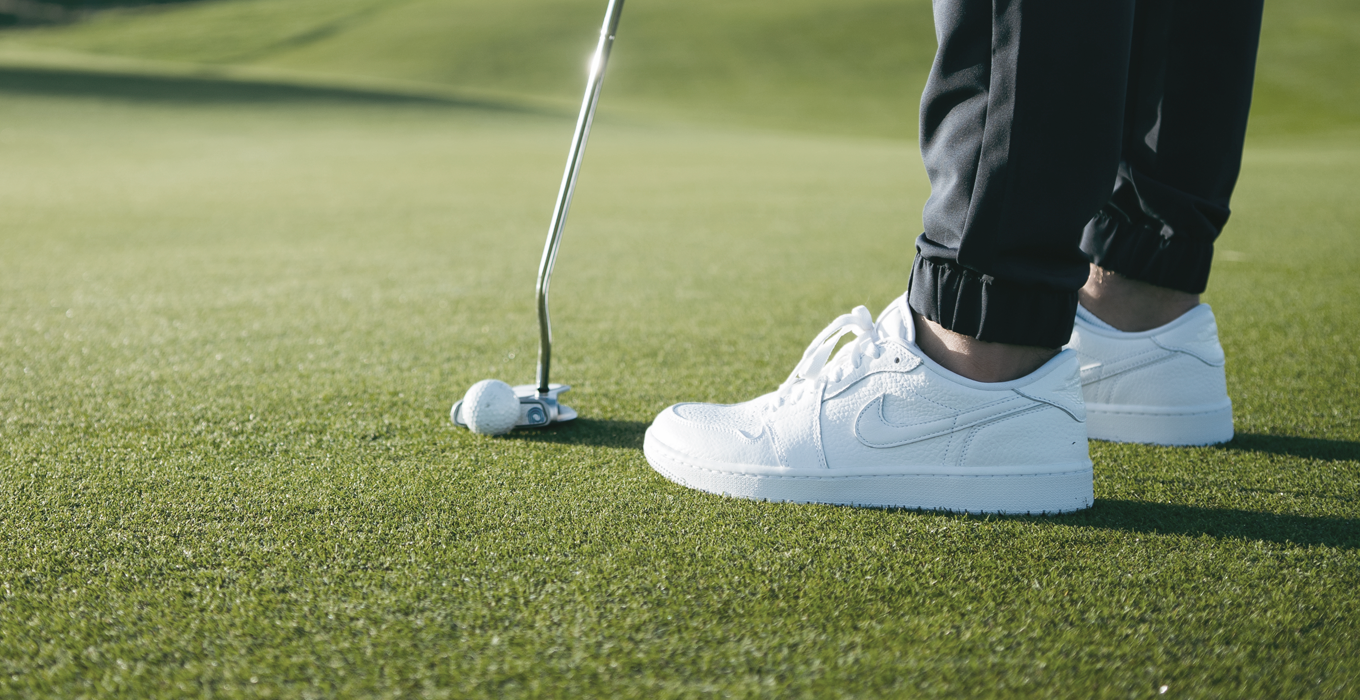
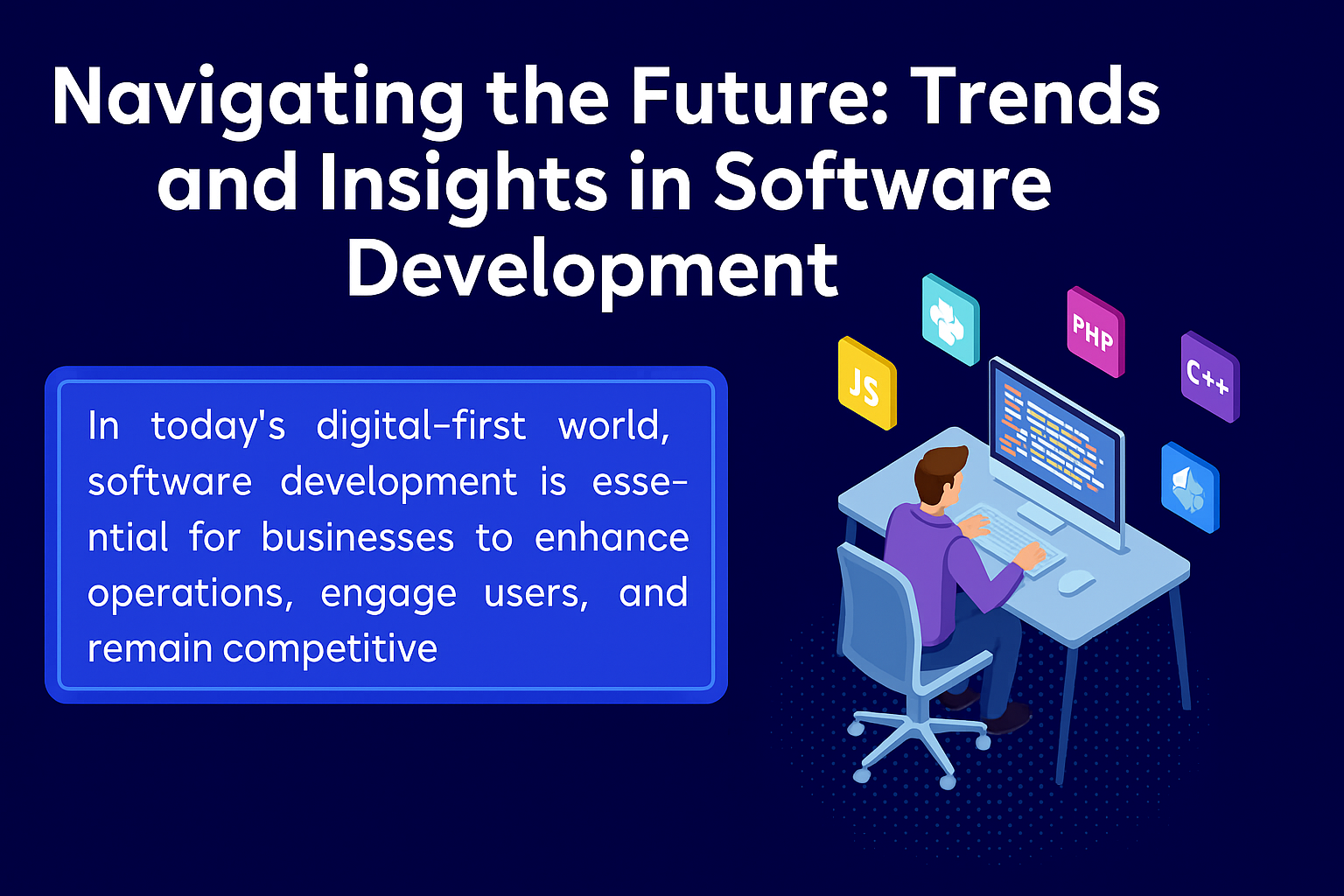


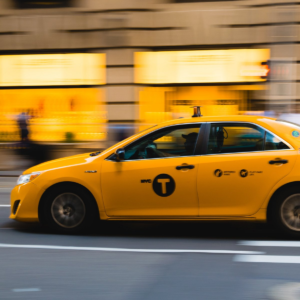



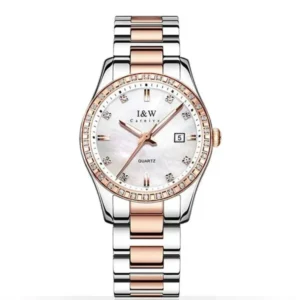

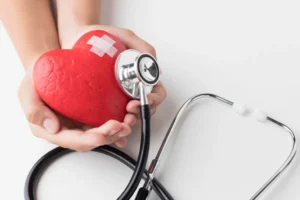

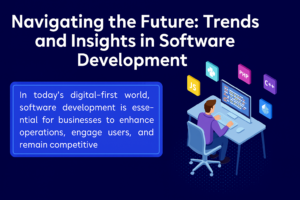
Post Comment